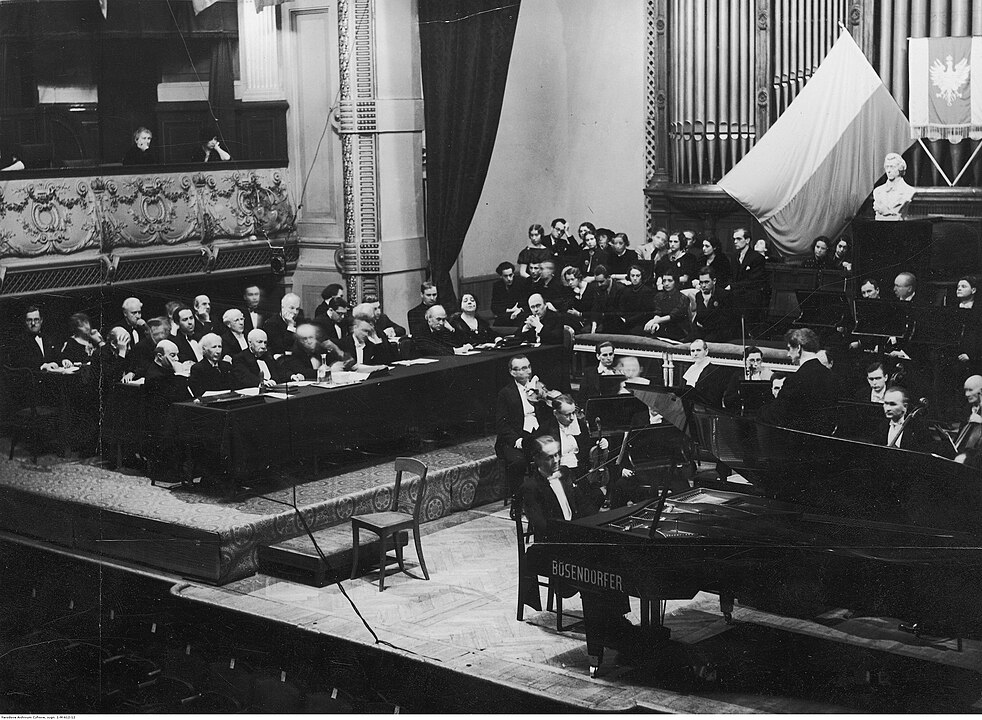By María José del Barrio Tellado and Luis César Herrero Prieto

Economic studies exploring dance have proliferated enormously recently, although they have failed to receive as much attention as other cultural goods and services, such as museums, theatres or symphony orchestras. We therefore present the results from two studies evaluating efficiency in the dance sector, focusing on two contrasting markets: the US market, in which most dance companies act as non-profit entities and in which fundraising proves crucial; and the Spanish market, where we evaluate the impact of a public programme supporting the dance through the participation of the agents involved (theatres, dance companies, and policy makers). Non-parametric frontier techniques, such as data envelopment analysis (DEA) and variations, are used to measure the efficiency of the stakeholders and efficacy of the programme.
Framed within the performing arts, dance reflects many features inherent to this sector, such as the labour intensive nature of its productions and a cost structure that evidences few significant gains in productivity, thereby condemning it to the so-called costs disease and inevitably forcing it to rely on public or private fundraising. The dance market may seem a narrow and minority taste if we look at the scope of classical ballet or even contemporary dance. However, artistic production has recently been diversifying and growing substantially if we consider new formats such as urban dance, acrobatic dance, ethnic dance, and so on. There has also been an increase in demand, especially if we observe the huge extension of dance fans who take it as a leisure activity. Within this broad-based pyramidal structure, many professionals and aficionados survive, offering artistic productions and often combining their regular jobs with teaching dance in schools in response to the growing interest in dance as a hobby. In all of these processes, although especially in commercial artistic programming there is a common chain value, which commences from the organization of primary resources of talent, dance performers and choreographs, who design and produce an artistic creation, which needs a performance venue where productions are staged. Finally, these also have to be programmed in a specific repertoire in order to respond to audience decisions and consumption preferences.
On the basis of these premises, we first analyse the efficiency of the dance sector in the US, a market which is mainly organised through non-profit dance companies, and we use a database provided by SMU DataArts that gathers information from around 20% of the entities operating, but which accounts for some 80% of all the sector’s financial resources. We follow a network DEA evaluation strategy which considers that the production process may be subdivided into consecutive stages consisting of fundraising, artistic production, and social impact, taking into account the links between the stages in the form of intermediate inputs/outputs. Results show that the highest levels of efficiency are achieved during the cultural creation stage, whereas the lowest correspond to social impact. This would seem to indicate that dance companies focus their efforts on the creative part that leads to artistic production, irrespective of what effects this might have in terms of audience success. It would appear that dance companies obtain funding in order to finance a pre-conceived cultural project, regardless of how successful it might be and what impact it might have. The desire to attract large audiences would not, therefore, seem to determine the cultural programming at least among the people in charge of artistic creation, who tend to pursue artistic and creative rather than commercial goals. Additionally, donors seem to appreciate the whole entity’s performance and accreditation rather than results concerning public success and social impact. This challenges the preconceived idea that it is companies which sell the most tickets who attract most sponsorship.
Figure 1 shows the geographical distribution and the efficiency intensity of dance companies in the US. A large concentration of companies with the best practices, in all three senses, can be seen especially in the New York area. Second, the poles of San Francisco, Los Angeles, Chicago and Houston are also noticeable. There appears to be a certain concentration of companies with superior performance in the most important metropolitan areas in the country, which seems to support the idea that the potential for demand and the scale of the existing performing arts market act as drivers of efficiency levels.
Figure 1: Territorial distribution of dance companies and efficiency intensity in the USA

The second study deals with the evaluation of a cultural policy supporting the Spanish dance sector (the Danza a Escena programme promoted by the Spanish Ministry of Culture), which pursues three principal goals: increasing the number of dance shows, fostering the diversity and languages of artistic formats, as well as promoting spectator numbers and the creation of new audiences. Three stakeholders are involved whose performance could, therefore, be assessed in terms of accomplishing the main aims of the public plan: dance companies as cultural creators, the venues where they stage their productions, and the policy makers who give funds and define the aims to be fulfilled in the cultural project. They are evaluated through a DEA multi-output approach. Results prove paradoxical since the most efficient theatres are those employing a shorter and less diverse scheduling, whilst the best-performing companies (in terms of audience success) are those specialising in easy and simple formats that require few resources or stage works and rehearsals (mainly dance for children and new urban formats). These results contradict the aims of the programme, at least those concerned with fostering the production and diversity of dance shows, therefore evidencing a kind of trade-off between efficiency and the accomplishment of cultural goals. Indeed, venues that provide a wide and varied repertoire, have a larger capacity and offer more tickets and shows, seem to be technically inefficient because of the poorer relative rate between the use of resources and outcomes, although they come closer to meeting the programme’s objectives. The same can be said of the companies, since the contemporary dance genre appears to be the less efficient, despite the fact that it produces the largest number of works and shows, and attracts quite large audiences.
All this reflects a common thread in both works, such that in the dance market, the most accredited companies and theatres programme and create shows that pursue a basically artistic purpose, regardless of audience success or the efficiency of results. They therefore focus on artistic excellence and follow aims related with “art for art’s sake”. Nevertheless, there also always seems to be a dual market between the largest theatres and the most well-recognised companies, who offer a wide-ranging repertoire and have substantial impact and, on the other hand, a large group of small companies who are extremely active in terms of the shows they produce and offer, but who specialise in monothematic genres, and who also stage their works at small venues. For this, at least under a public funding programme, flat subsidies seem to be fairly limited, such that we posit the possibility of implementing scaled or discriminatory subsides in terms of production type or budget thresholds. Finally, these works demonstrate the usefulness of frontier models for measuring efficiency and evaluating efficacy.
The article is based on:
Del Barrio-Tellado, M. J.; Herrero-Prieto, L. C.; Murray, C. (2020) Audience Success or Art for Art’s Sake? Efficiency Evaluation of Dance Companies in the United States, Nonprofit Management and. Leadership, 31 (1), 129–152. DOI: 10.1002/nml.21411
Del Barrio-Tellado, M. J.; Herrero-Prieto, L. C. (2021) Evaluating a Cultural Policy in the Dance Sector. Does Efficiency Always Mean Achieving Goals?, The Journal of Arts Management, Law, and Society, 51 (4), 207–223. DOI: 10.1080/10632921.2021.1890656
About the authors:
María José del Barrio Tellado is Associate Professor of Accounting and Finance at the University of Valladolid, Spain.
Luis César Herrero Prieto is Professor of Applied Economics at the University of Valladolid, Spain.
Image source:
Flamenco Vivo Carlota Santana Dance Company, USA. Artists: Antonio Hidalgo and Defne Enc. Photographer: Lois Greenfield.






